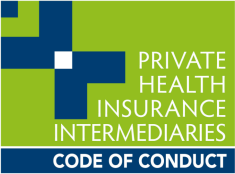Understanding Dental Cover in Health Insurance
What is Dental Insurance?
Dental insurance refers to private health insurance that provides financial coverage for a range of dental treatments and services. The specific treatments covered depend on the type of policy you choose, making it essential to select a plan that suits your dental needs.
Types of Dental Cover
Extras policies can offer coverage for up to four categories of dental services, depending on the policy:
- General Dental: Routine check-ups, cleanings, and preventative care.
- Major Dental: Complex procedures like crowns, bridges, and dentures.
- Endodontic: Root canal treatments and related procedures.
- Orthodontics: Braces, aligners, and other teeth-straightening treatments.
How Does Dental Cover Work?
With the right policy, you can access coverage for general dental care, major procedures, and orthodontic treatments. Dental procedures are assigned specific item numbers that determine whether they fall under general or major dental categories, depending on your policy’s terms.
For example:
- A dental check-up might use item numbers 011 or 012.
- Cleaning is typically covered under item number 114.
- Fluoride treatments are often listed as item number 121.
These services fall under preventative dental care, commonly included in most extras policies.
After your appointment, you can settle your bill at the reception by swiping your health fund card through a HICAPS machine. This machine processes your claim instantly, deducting the applicable rebate based on your policy’s yearly limits and leaving you to pay only the remaining out-of-pocket cost.



